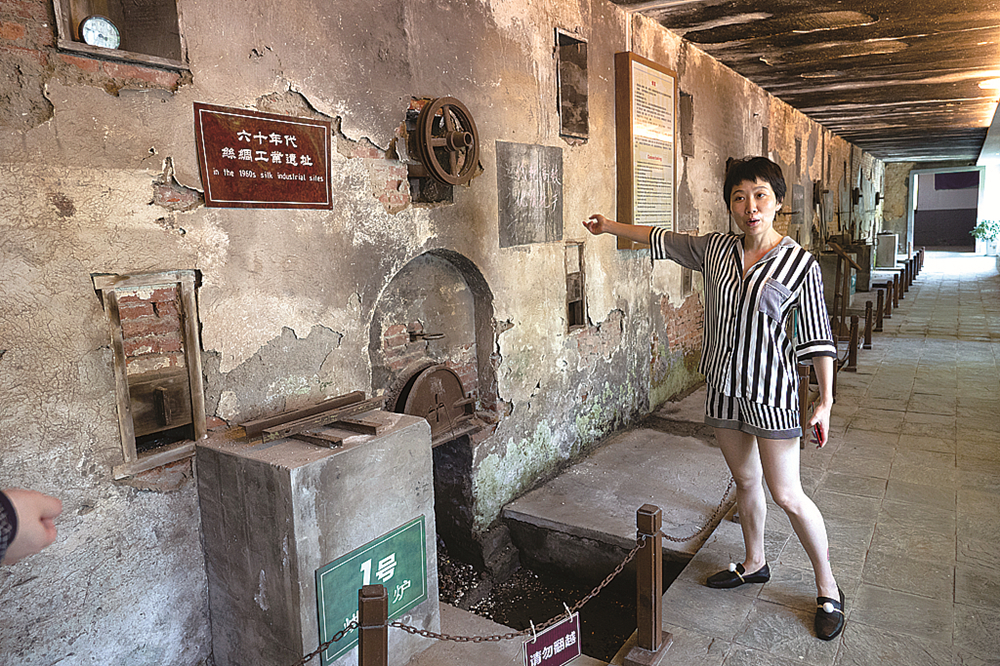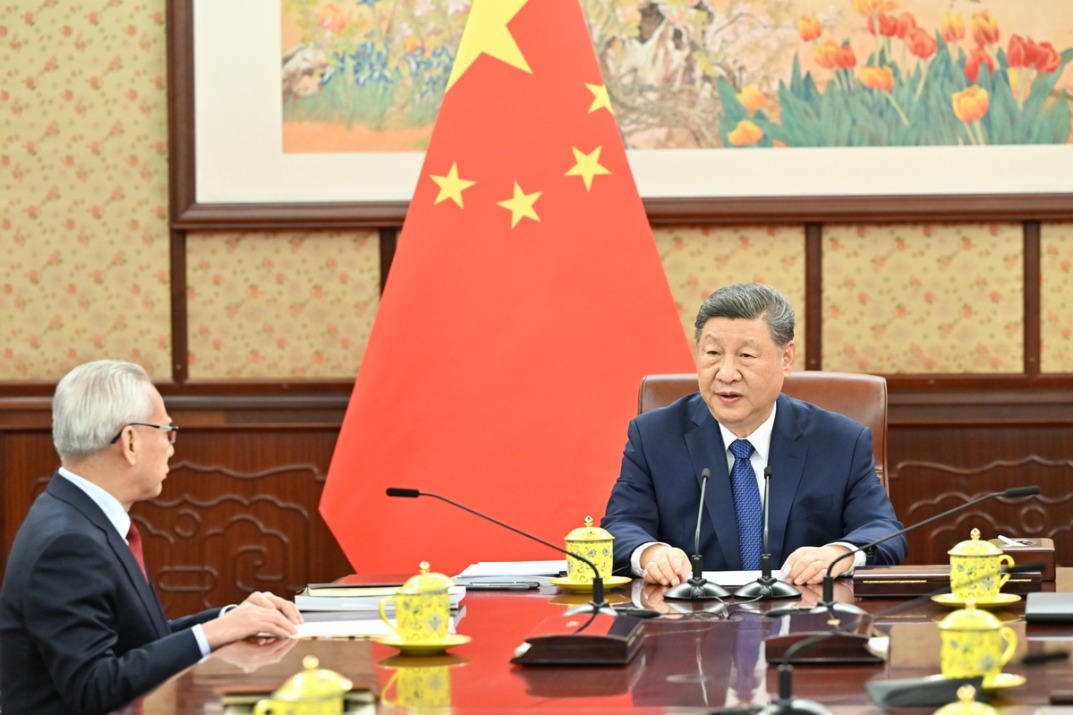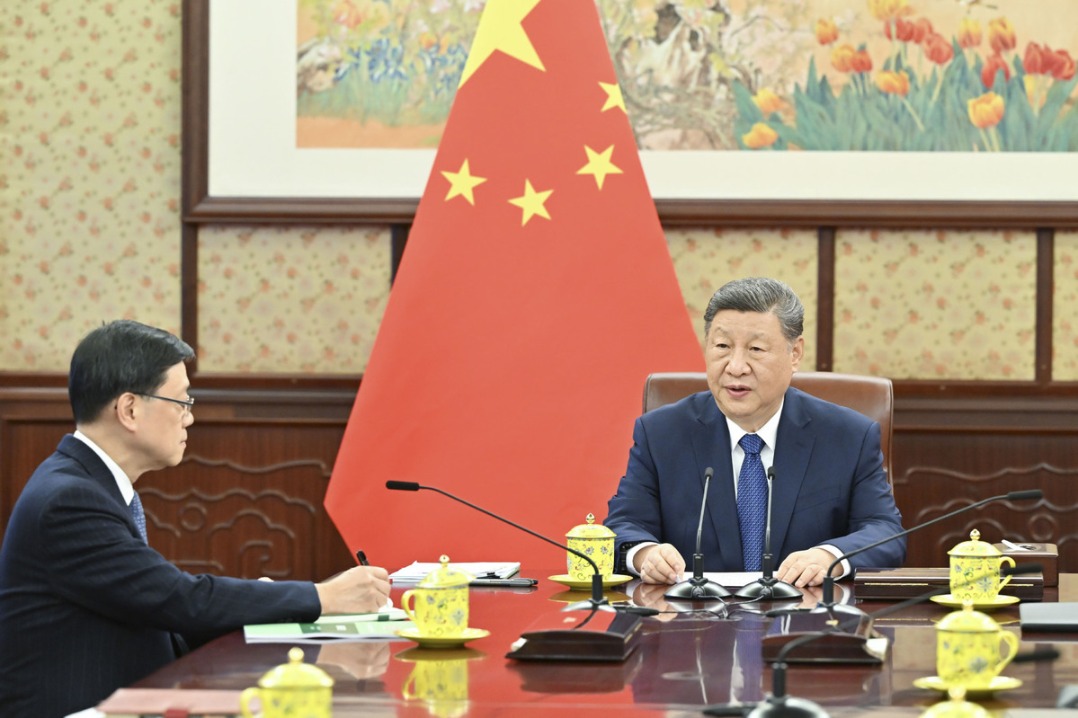A matter of perception
By XU JUNQIAN in Shanghai | China Daily | Updated: 2018-07-14 02:03

Industry players say that the key to changing the fortunes of China's flagging silk industry lies in branding the fabric for what it truly is — a luxury item
While China may be the world's largest silk producer, exporter and consumer, the domestic industry has been in decline for the past few years.
Silk production has been hit by the dwindling population of mulberry farmers who have replaced their crop with more lucrative plants like passion fruit, and this has in turn caused the price of silkworm cocoons to balloon. This spring, silkworm cocoons cost 40 percent more than usual.
Other factors behind the industry decline include the rising costs of labor and the measures required to reduce the amount of pollution caused by the dyeing of silk products.
Yu Jinjian, founder of silk lingerie brand Sang Luo, pointed out that the characteristics of silk have also worked against the popularity of the fabric, explaining that many consumers are not fond of it because it wrinkles easily and is difficult to launder.
In 2017, the total amount of raw silk produced in China stood at nearly 140,000 tons, down 1.86 percent year-on-year. Meanwhile, the production of processed silk dropped 11.62 percent to about 7,600 tons, according to the National Bureau of Statistics.
























